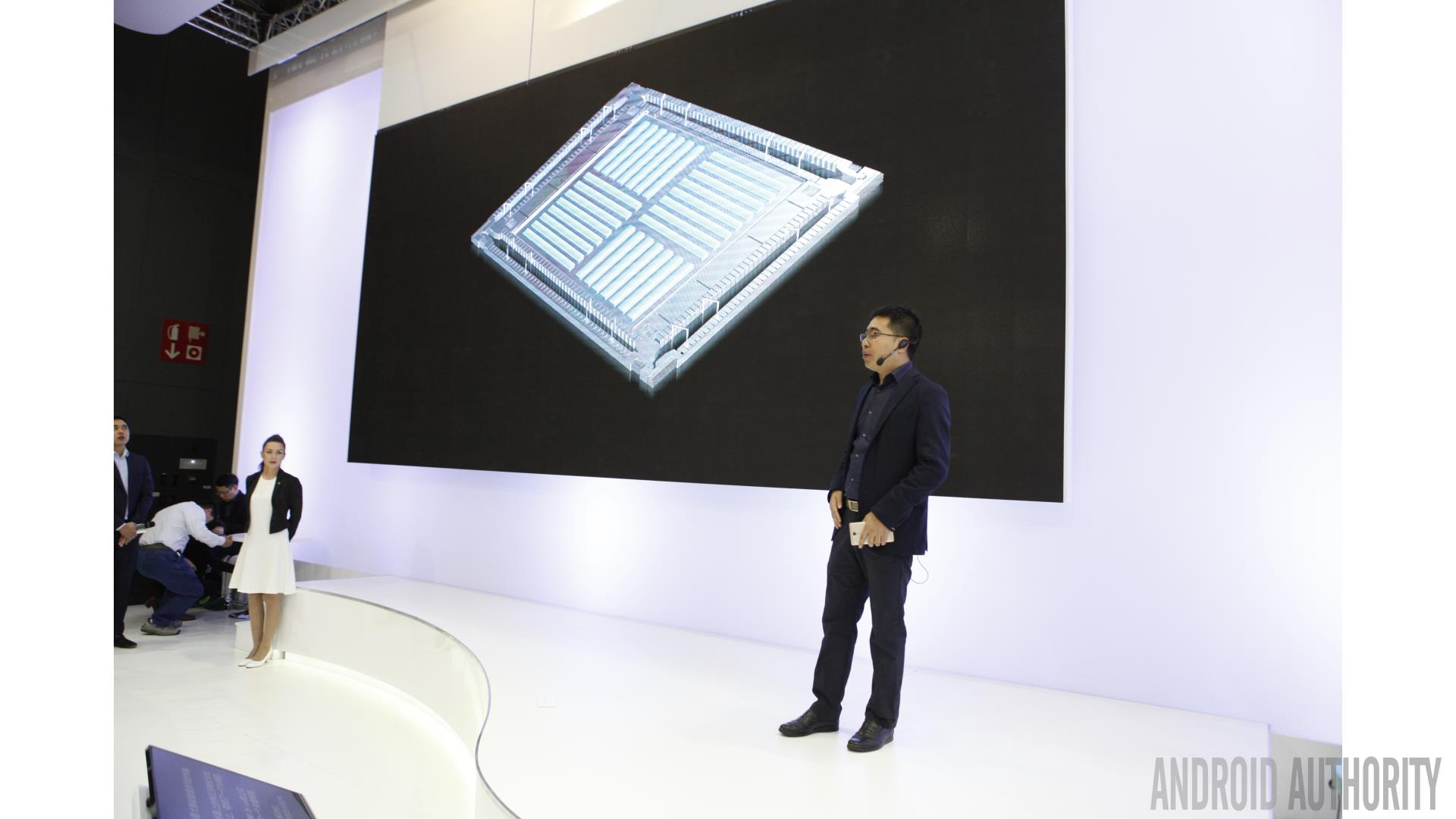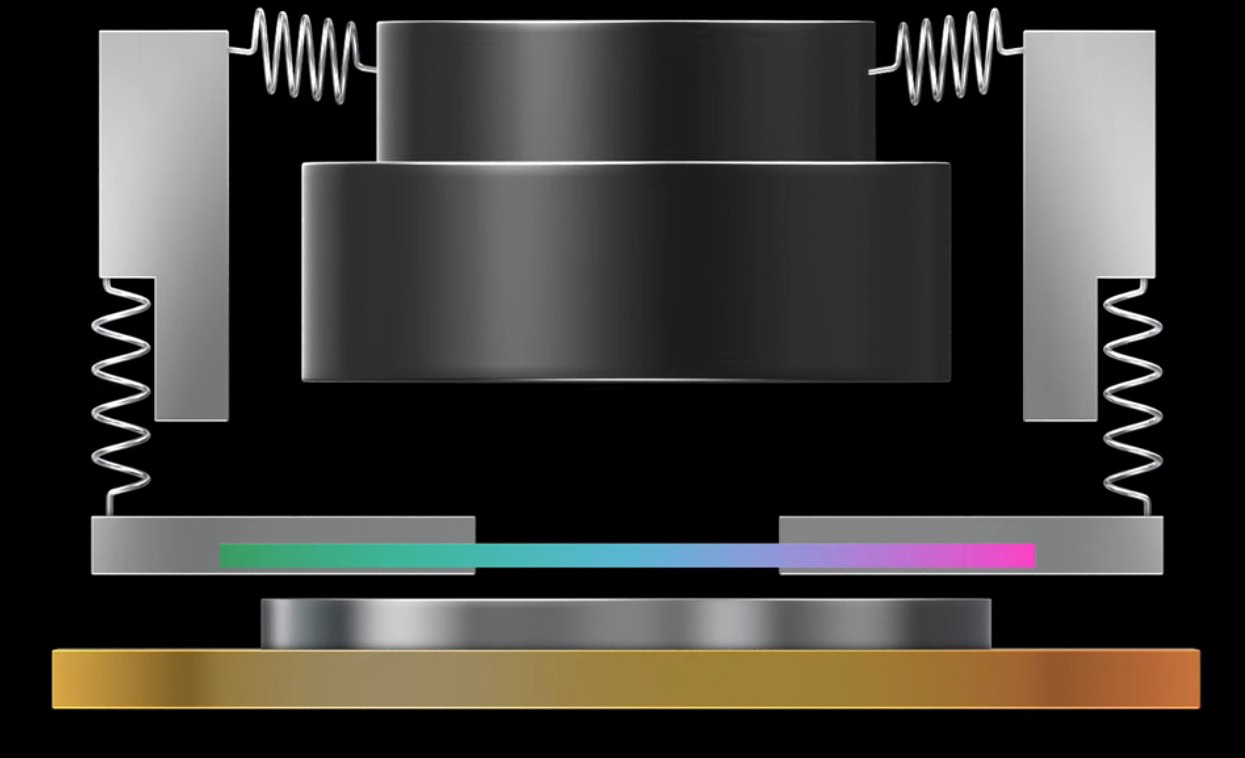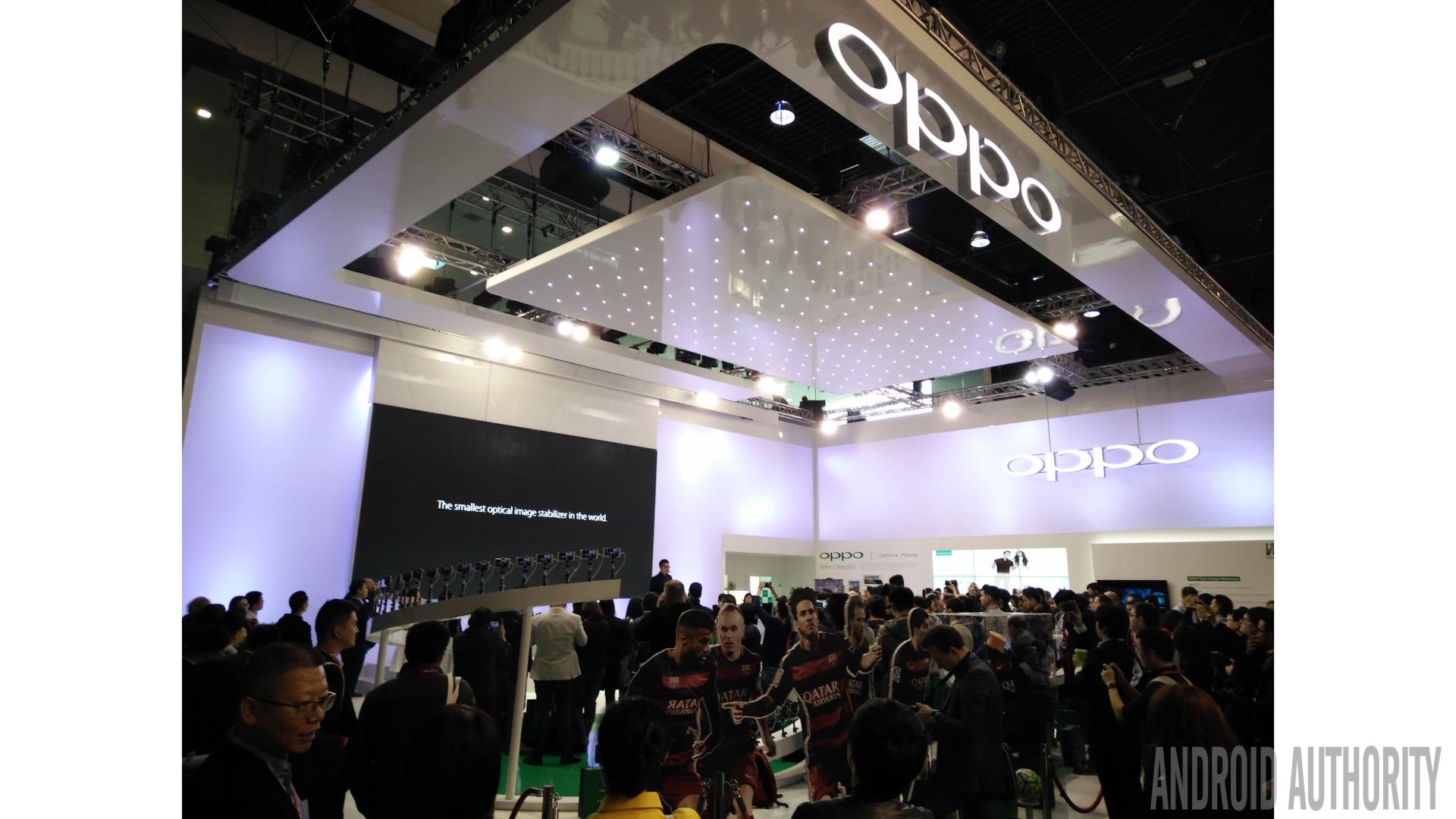Affiliate links on Android Authority may earn us a commission. Learn more.
OPPO is putting camera image stabilization in the sensor, not the lens

Known as the SmartSensor, it calculates vibrations on the pitch axis, yaw axis and roll axis, and then compensates for them using a voltage-driven MEMS (microelectromechanical system). A traditional lens based image stabilization system uses a gyroscope that can sense vibration on two axes, the pitch and the yaw. What is fascinating about OPPO new system is that it added another axes. According to OPPO the most common kind of shaking in photography takes place on the roll axis, something that lens-based image stabilization cannot correct. However with its new SmartSensor, image stabilization is now available on the roll axis as well.

Another aspect of OPPO’s SmartSensor is that it uses a voltage-driven MEMS to compensate for camera shake. Ninety percent of all lens-based image stabilization systems use a voice coil motor (VCM). For the VCM to react to a movement in a particular direction takes around 50 milliseconds. In contrast, the MEMS used in the SmartSensor can complete its compensation in only 15 milliseconds!
You probably aren’t aware of this, but IS is also an energy drain on your smartphone’s battery. According to OPPO traditional lens-based IS systems can use 500mW to take just one photo, due to the powered needed by the VCM. Because the image stabilization in the SmartSensor is done differently the power consumption can be as low as 10 milliwatts, 1/50 of the electricity consumption of lens-based solutions.

However, most importantly the new SmartSensor brings a new level of precision to IS. OPPO says that its IS system is “10 times more precise than lens-based technologies.” In fact it says that since the precision is around 0.3 µm and a pixel on an image sensor is around 1 µm then the new system is the “first pixel-level IS technology for smartphones in the world!”
If the SmartSensor lives up to its claims, then this could be a new era for image stabilization in smartphones: cheaper, faster and better. What more could we want!